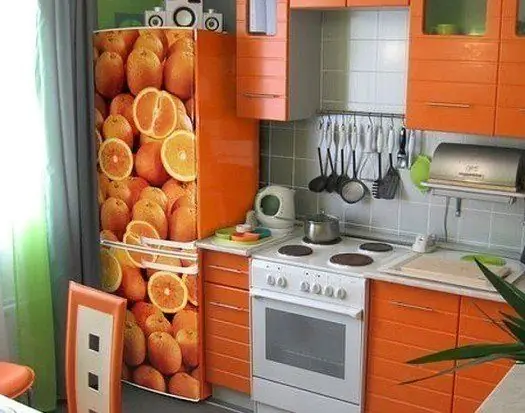
Table of contents:
- Economical and fast: how to glue the self-adhesive film
- Self-adhesive film: material features
- In which rooms can you use?
- Initial stage of work: we prepare the surface, cut the film correctly
- Self-adhesive tape sticker: steps, nuances, tips
- How to remove self-adhesive tape?
- Video about working with self-adhesive film
- Author Bailey Albertson [email protected].
- Public 2023-12-17 12:53.
- Last modified 2025-01-23 12:41.
Economical and fast: how to glue the self-adhesive film

How often do you want to bring something new to the interior of your home, refresh the look of the room? It is natural for a person to constantly change the space around him. But it is not always possible to afford cardinal changes.
It is in such cases that simple and inexpensive ways come to our aid, for example, pasting with self-adhesive film. This material, which appeared on the market for a long time, has recently become more and more popular. Due to its low cost, wide range of colors and an abundance of drawings, and most importantly, its ease of use, the film is often used in interior decoration.
Like any material, self-adhesive film has its own characteristics and requires a certain approach. In this article, we will take a closer look at the technology of applying film to various surfaces.
Content
- 1 Self-adhesive film: material features
- 2 In which rooms can you use?
- 3 Initial stage of work: prepare the surface, cut the film correctly
- 4 Sticker of self-adhesive film: steps, nuances, tips
- 5 How to remove the self-adhesive tape?
- 6 Video on working with self-adhesive tape
Self-adhesive film: material features
Now there are many types of self-adhesive films for any surface: cars, furniture, walls in any room, even in the kitchen and bathroom. What unites them is that the technology of adhesive tape is used in the manufacture, which combines the qualities of adhesive tape and wallpaper.
Using a self-adhesive film, you can not only apply various design solutions. This material has the following advantages:
- moisture resistance;
- resistance to high temperatures - up to 80 degrees;
- a variety of not only patterns, but also textures;
- low cost;
- ease of use;
- easy maintenance of the glued surface.
Also, the distinctive features of self-adhesive film can be attributed to the fact that it can be applied to any surface: wood, glass, metal, plastic, cork, ceramic tiles, plywood, drywall.

The only difficulty that you may have when working with this material is the need to level the surface covered with the film. All defects and irregularities should be carefully eliminated, otherwise, over time, the film may bubble and peel off in places.
But gluing the film itself is a simple task and does not require any skills. All you need is patience, a little time and a reliable assistant in case you are pasting a large surface, as well as the following tools:
- pencil;
- ruler;
- scissors;
- assembly knife;
- felt spatula or special ratel;
- industrial dryer.
In which rooms can you use?
As mentioned above, self-adhesive film is not afraid of moisture and high temperatures, and it is completely unpretentious in care. Therefore, it can be used to decorate absolutely any rooms and furniture in them, and even household appliances.
- In the kitchen, especially if you live in a private house, self-adhesive film will not only help you update the interior as often as you see fit and at no special cost, but will also serve to maintain cleanliness and accuracy. As you know, it is the kitchen surfaces that often get dirty and deteriorate during use. The easiest way to fix this is with self-adhesive tape.
- For bathrooms and toilets, self-adhesive tape is also the best option. This material will protect the walls from excess moisture and splashes of soapy water, which can very easily be wiped off the surface.
- Do you have small deals? Then you know how much trouble their love of drawing on any surface is. It is much easier to erase traces of paint or felt-tip pens from self-adhesive foil than from wallpaper or fabric wall upholstery. As a last resort, you can re-glue the film, which will cost you very little.
- In fact, self-adhesive tape is an excellent material for a child's room, no matter how old the child is, whether he goes to kindergarten or graduates from school. The kid will have fun in a room with bright colors, and the teenager will be able to independently work on the interior of the room.
- If you decide to use a film for pasting interior items, for example, chairs, tables, cabinets, dressers, then the modern assortment of colors of this material and patterns will help you not only update the appearance of rooms, but also completely change the style. In the photo you can see many options that can be used in work.

Self-adhesive foil is very easy to care for. Usually, warm water and detergent are enough for this. It is undesirable to use cleaning powdery substances, as well as solvents - they will damage both the structure of the film and its color. If the contamination is sufficiently persistent, use ethyl alcohol.
Initial stage of work: we prepare the surface, cut the film correctly
- Before gluing the self-adhesive foil, carefully prepare the surface. It must be well cleaned, degreased with alcohol or gasoline, and dried. The most convenient base for applying the film is a smooth surface with a varnish coating. If the surface is matt and rough, it is better to cover it with polyester or primer varnish. It can be replaced with wallpaper methyl glue.
- The surface of wood, plywood, fabric, chipboard, plaster must be wiped off and cleaned of dust and particles of material. Use putty and acrylic primer if necessary. This will ensure good adhesion of the film for a long time.
- If you plan to paste over a glass or metal surface, then the base needs to be slightly moistened.
- The centimeter grid applied on the reverse side will help you to correctly cut the film into pieces of the required size. Apply markings on it, and leaving a margin of a couple of centimeters, cut with scissors or a special knife.
- You also need to cut the film correctly, this process has its own tricks depending on the pattern. For example, if the pattern on the film is stylized as a tile, it is better to cut it along the "seams". In the case of applying a pattern with a rapport, cut along the front side.

Self-adhesive tape sticker: steps, nuances, tips
The instructions for the self-adhesive film describe the gluing process in sufficient detail. You can see in practice that it is very simple and not time consuming. But be careful and be careful when working in order to avoid many mistakes that will have to be corrected.
- Take the prepared "pattern" and separate the film from the paper backing literally by 5 cm. Attach the sticky side to the surface to be pasted so that the shape and dimensions match exactly.
- Carefully, without haste, separate the backing from the film, at the same time spreading the film over the surface and smoothing it with a dry soft cloth. The principle of smoothing is the same as for wallpapering: from the center to the edges of the canvas. This will prevent air bubbles from forming.
- If you notice any mistake during the work, then you need to fix it immediately. Peel off the film and smooth it over the surface until it is firmly set. Otherwise, the work will have to be completely redone.
In the event that you are covering a large area, make sure that the surface to be treated absorbs moisture well. Clean and dry the wall on which the self-adhesive tape is being pasted, cover with a layer of wallpaper glue and, without waiting for it to dry, distribute the film to fit. Then iron the film with a dry soft cloth.

If you decide to paste over surfaces made of metal, glass or synthetic materials, moisten them with water and a small amount of detergent or soapy water. Separate the backing paper and film completely, apply to a damp surface, the solution helps to properly fit the film to the required dimensions. Then dry thoroughly with a sponge or soft cloth.
How to remove self-adhesive tape?
Over time, you may get bored with the colors or patterns, you will want to renew the interior again, and the question will arise: how to remove the self-adhesive film without damaging the surface on which it is applied?
Self-adhesive film is a very durable material, and it earned its popularity precisely because of its durability. It is not recommended to paint it - the coloring agents will lie unevenly on the surface. Gluing a new layer over the old one is also not the most convenient option. Therefore, self-adhesive tape will need to be removed.

- Try using hot water first. Thoroughly wet the surface, and after a few minutes begin to peel off the film using a flat, sharp object such as a knife or spatula. Make sure that the surface on which the film is applied is not damaged.
- If the hot water option hasn't paid off, a hairdryer will help you. The fact is that the film needs to be properly warmed up in order for the glue to detach from the surface. You can also use a regular household hair dryer, which you use to dry your hair, but it is better to take an industrial hair dryer: it is more powerful and will provide heating of a larger area.
- In addition to the hair dryer, you can also use the fan heater, setting it to maximum power and directing it to the surface from which you want to remove the film. After the material softens and begins to lag behind, pry the corner and begin to gently pull the layer towards you until it is completely separated.
- Remaining glue on the surface can be removed with thinner, alcohol or benzine, depending on the material of the surface.
Video about working with self-adhesive film
As you can see, self-adhesive film is an almost universal material that will allow you to completely change your home the way your fantasy suggests, at any time and at no special cost. It is not at all necessary to change the environment for new experiences; it is enough to use this easy-to-use material to make your life sparkle with new colors.
If you have already dealt with self-adhesive film in the interior, please tell us about it in the comments, share your experience with other readers.
Recommended:
How To Remove Chewing Gum From Clothes, Remove It From Various Fabrics, Shoe Soles, Sofa, Carpet, Car Interior And Other Items + Photos And Videos
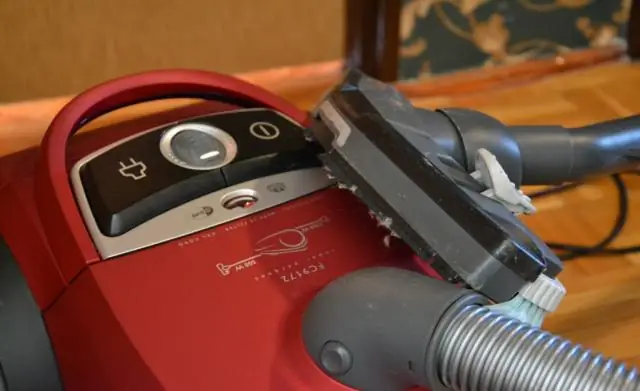
How to easily and efficiently remove gum from clothes. What to do if chewing gum sticks to the floor, shoes or hair: recipes, tips, tricks
How To Remove Glue (super, Moment And Others) From Fingers, Hair And Other Parts Of The Body At Home
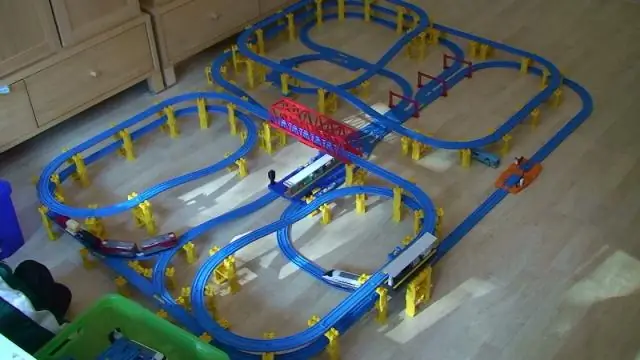
How to remove glue from hands, nails, hair, baby skin. What methods and means are used for this. How to remove glue from the skin
How To Remove Glue From Clothes At Home Using Various Methods

Why glue stains are considered difficult. Proven ways to eliminate them from different fabrics. Useful videos and photos
How To Get Rid Of The Smell Of Cat Urine On The Carpet At Home, How To Remove Stains, Remove Traces Of Marks, Remove Unpleasant Odors
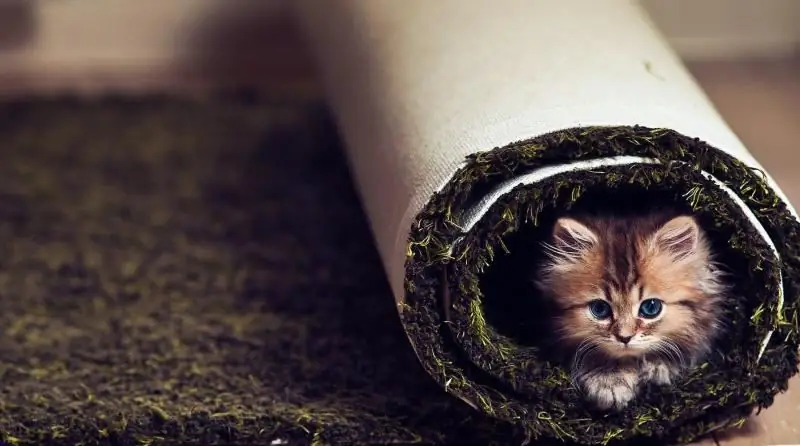
Why cat urine smells harsh What to do if the cat wrote on the carpet. How to find and remove old stains. Folk and commercial odor removers
How To Remove Scratches From The Screen Of Technology: How To Remove Them Yourself, Reviews, Video
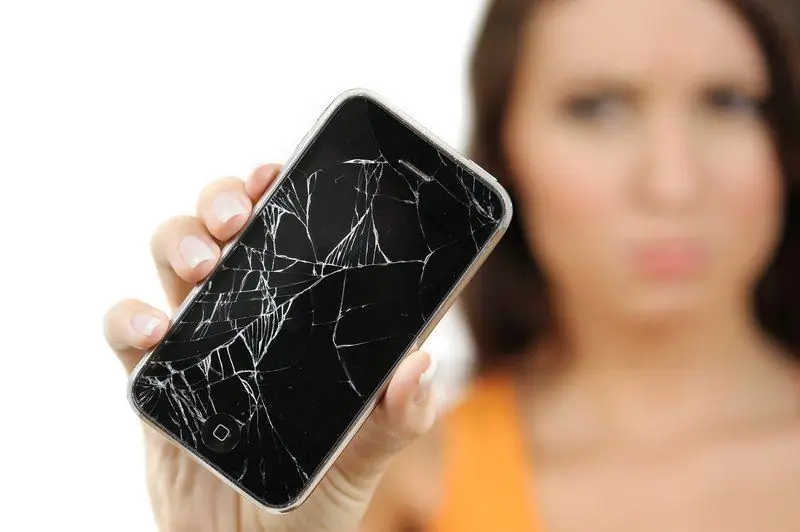
Damage to gadget screens and how to fix them. Improvised and special means, reviews. Preventing scratches on screens and plastic parts
